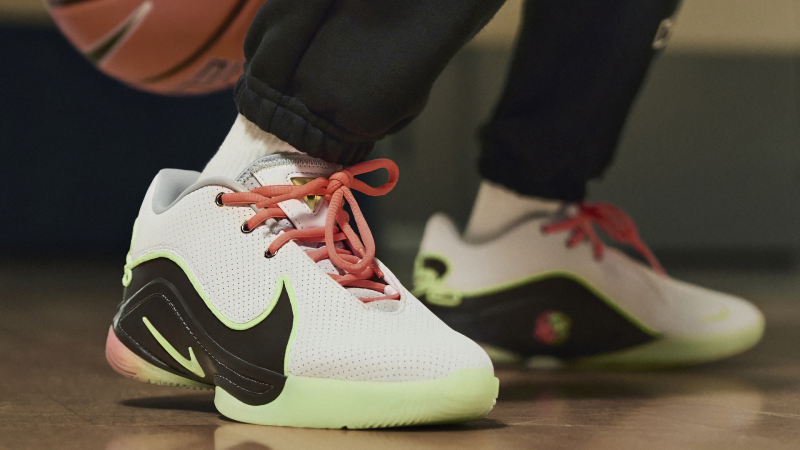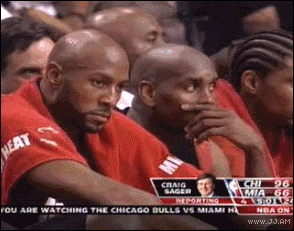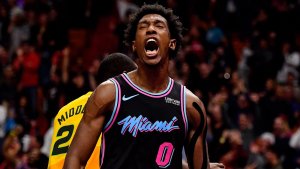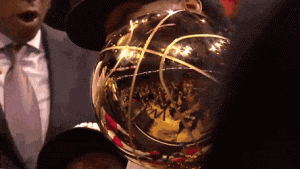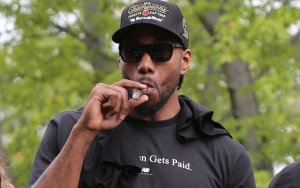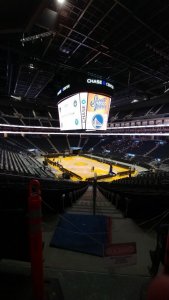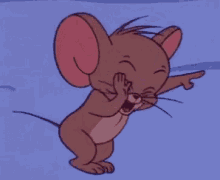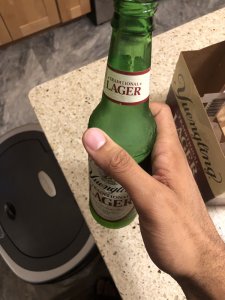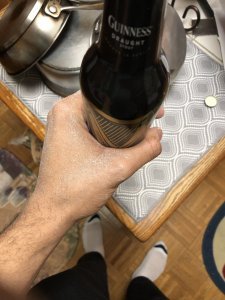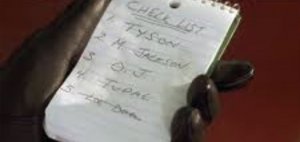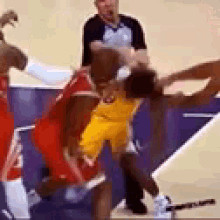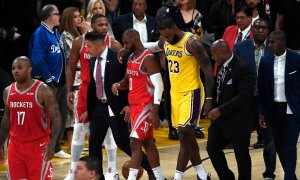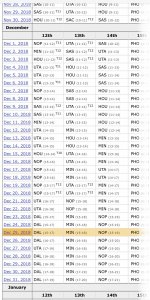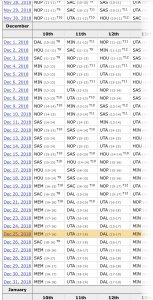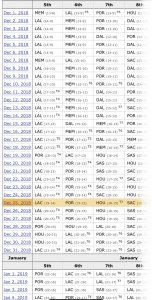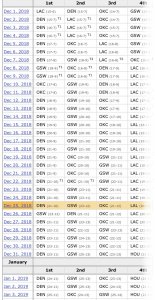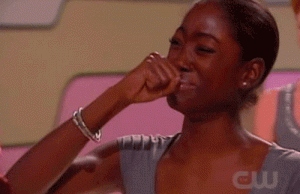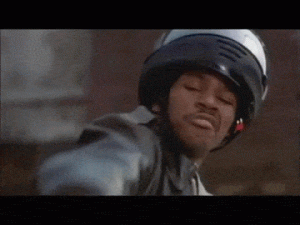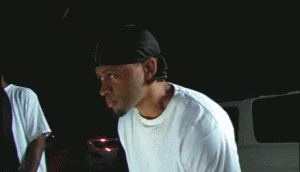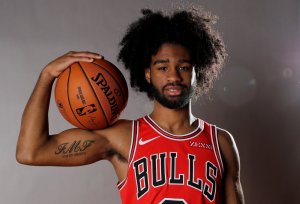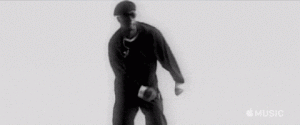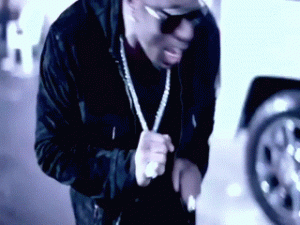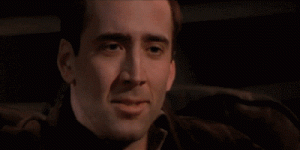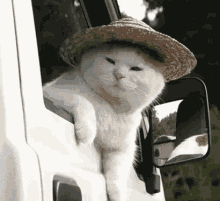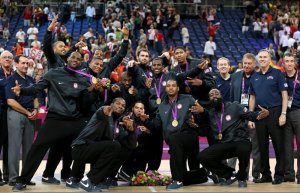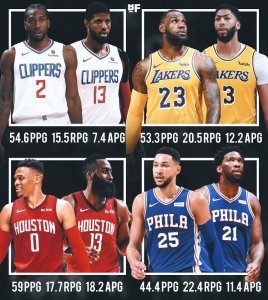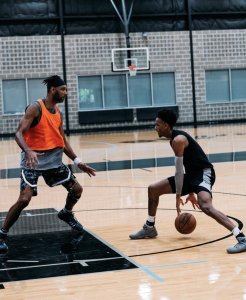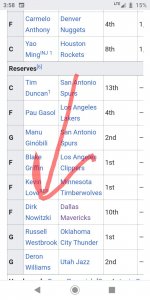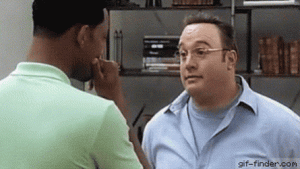- Feb 11, 2010
- 2,074
- 340
Kevin Durant’s New Headspace
ByJ.R. Moehringer
Sept. 10, 2019 8:37 am ET
“Some days I hate the NBA,” Kevin Durant says wearily.
He’s facedown on a padded table, wearing dark workout shorts, a weathered gray DMX T-shirt, a Washington ******** fleece draped over his shoulders. A physical therapist leans over him, wafting circulation-boosting lasers up and down his surgically repaired right calf.
“Some days I hate the circus of the NBA,” he says. “Some days I hate that the players let the NBA business, the fame that comes with the business, alter their minds about the game. Sometimes I don’t like being around the executives and politics that come with it. I hate that.”
Since June 10, when Durant crumpled to the floor with a ruptured Achilles, halting Game 5 of the NBA Finals and casting a pall over the rest of the series, it’s been The Question: Will the two-time Finals MVP, 2014 league MVP, four-time scoring leader, ever be the same? But listen to him for just a few minutes: He won’t. He’s already a different person.
The change is more than cosmetic, more than simply leaving the Golden State Warriors and signing a four-year $164 million deal with the Brooklyn Nets. It’s more than dropping his longtime number, 35, which possessed enormous symbolism. (A beloved youth coach and mentor was shot and killed at 35 years old.) The change feels elemental, as if Durant’s brush with basketball mortality made him see how fast it all might go away, how fast it will go away (he turns 31 this month), and it scared him, or matured him, or made him think.
And he was already a thinker. “I’ve always been on a search,” he says.
Producer Brian Grazer, a creative partner, says Durant is one of the most original, idiosyncratic minds you’re likely to meet in the world of sports. Grazer recalls a talk Durant gave at a Google retreat in Sicily. During the Q&A someone asked what made Durant so great. Coolly, Durant replied: “Paranoia.”
But all this is guesswork, and Durant hates the way people are forever guessing about his psyche, which is another reason he hates the NBA. So here’s another guess: Maybe he’s not changed, or not merely changed—maybe he’s also dead tired. He sounds tired, looks tired, with good reason. His 12-year NBA career has featured outsize doses of drama, scandal, injuries, gutting losses, fierce beefs, dramatic exits, emotional returns, burner accounts. Even his most devoted fans (Mom and Dad) say the ruptured Achilles and the yearlong layoff it will likely require might be a blessing.
In every sense of the word, the man needs to heal.
The healing starts here, in this $24 million neo-brutalist mansion nailed to the side of a cliff above Beverly Hills. Level with the tops of the Santa Monica Mountains, eye-to-eye with the raptors that surf the swirly updrafts, this will be the setting for Phase One of Durant’s rebuild.
In every sense of the word, the man needs to heal.
The healing starts here, in this $24 million neo-brutalist mansion nailed to the side of a cliff above Beverly Hills. Level with the tops of the Santa Monica Mountains, eye-to-eye with the raptors that surf the swirly updrafts, this will be the setting for Phase One of Durant’s rebuild.
In some ways the place is mega-normal, just another stately pleasure dome of superstardom (seven bedrooms, 12 bathrooms; rent: $90,000 a month). But at moments there’s a weird vibe. The house feels like a chrysalis, or a crypt, depending on your point of view, and not simply because the front door is a giant sliding slab of stone. Whatever comes next for Durant—a compromised skill set, a comeback for the ages—it will be determined largely by what happens within these concrete walls, inside these unaccountably dark rooms, and this inescapable truth can really throw off the feng shui. Even the man installing the special low-resistance treadmill in the living room looks a little tense.
Team Durant’s plan is for him to hole up here all summer, then transition to his new home in New York City soon after Labor Day. He’s flying east tonight to look at a few places. Friends have urged him to consider Manhattan, but Dumbo, he thinks, might be more his speed. He wants high ceilings, a sick view, proximity to the Nets practice gym. He lives for a gym, prides himself on rolling out of bed straight into practice. “I don’t wear matching clothes…I don’t wash my face, I don’t brush my hair. I just come in there and go to work.”
This morning, however, the only plan he cares about is the rehab plan. He’s laser focused on this laser. Somehow he even tunes out the blaring big-screen TV across the room. While his friends stretch out on big leather couches, watching White Boy Rick, discussing the plot twists, Durant stretches out on the table, subdued, quiet. This is the flip side of his hatred for the NBA: an almost pious devotion to the game itself and anything that can help him play it at the highest level.
“Without basketball,” he says flatly, “I wouldn’t have done much on earth.” Wouldn’t have traveled the world, or met politicians, entrepreneurs, moguls, rappers, each of whom adds to his store of knowledge and advances his search. “I wouldn’t have seen stuff that I’ve seen, compared to my friends I grew up with. Wouldn’t have gone to India. Or Hawaii.”
His words are suddenly punctuated by bone-shuddering gunshots in surround sound. Someone in White Boy Rick’s world is never going to Mumbai.
The physical therapist, Dave Hancock, cuts the laser, repositions Durant. He rubs around the eight-inch surgical scar on the back of Durant’s calf, kneading the soft tissue to increase blood flow and improve collagen formation. He then manipulates other muscles and tendons in the lower leg to keep them engaged and energized.
Next, Hancock slips Durant’s leg into a boot and sends him outside, into a walled backyard. On metal crutches that look like medieval jousting lances, Durant does a circuit, paces before an outdoor bar decorated with the logo of his new team. Just shy of 7 feet, without a shred of fat, he always traverses earth differently from other humans. (“You can feel his height,” Grazer says.) But with crutches and a boot, his halting-flowing stride is a jarring mix of fragility and athletic grace. Like a baby deer performing the Martha Graham technique.
After the gingerly constitutional it’s time to slide into the infinity pool for one-minute cardio bursts. The infinity pool overlooks…infinity. Durant, however, shows no interest in the view. After easing into the silver-blue water he begins kicking, paddling, maneuvering a rubber ball. When he flags, Hancock nudges. Again. The 45-minute regimen leaves them both gasping.
Hancock hands Durant a basketball (black, Nets logo) and tells him to shoot. The hoop is at the far end of the pool. Floating backward, standing flamingo-style, talking, not talking, looking, not looking, no matter: Swish. Swish. Swish.
Grazer says he once asked Durant what it’s like to choke in a big game. I’ve never choked, Durant said. Everyone chokes, Grazer said. “[Durant] says, ‘I will always shoot the ball—choking is not shooting the ball. If I miss, it’s not my fault. It’s the environment. Or someone else’s fault.’ At first that sounded arrogant. But if you think about it, it makes sense. Choking is not shooting.”
Cardio over, summer sun directly overhead, Durant moves into the dark coolness of the house. A chef brings him a plate. Crispy black cod, parsnip-and-potato purée, chanterelle mushrooms, roasted fennel, followed by crème brûlée topped with fresh whipped cream and sliced strawberries. Durant takes two bites, sets the plate aside. He burrows into the couch recently abandoned by his friends. He has only a short time to rest and regroup. This morning’s regimen will be followed by another this afternoon. Two sessions, every day except Sunday, all summer.
End of Part 1
ByJ.R. Moehringer
Sept. 10, 2019 8:37 am ET
“Some days I hate the NBA,” Kevin Durant says wearily.
He’s facedown on a padded table, wearing dark workout shorts, a weathered gray DMX T-shirt, a Washington ******** fleece draped over his shoulders. A physical therapist leans over him, wafting circulation-boosting lasers up and down his surgically repaired right calf.
“Some days I hate the circus of the NBA,” he says. “Some days I hate that the players let the NBA business, the fame that comes with the business, alter their minds about the game. Sometimes I don’t like being around the executives and politics that come with it. I hate that.”
Since June 10, when Durant crumpled to the floor with a ruptured Achilles, halting Game 5 of the NBA Finals and casting a pall over the rest of the series, it’s been The Question: Will the two-time Finals MVP, 2014 league MVP, four-time scoring leader, ever be the same? But listen to him for just a few minutes: He won’t. He’s already a different person.
The change is more than cosmetic, more than simply leaving the Golden State Warriors and signing a four-year $164 million deal with the Brooklyn Nets. It’s more than dropping his longtime number, 35, which possessed enormous symbolism. (A beloved youth coach and mentor was shot and killed at 35 years old.) The change feels elemental, as if Durant’s brush with basketball mortality made him see how fast it all might go away, how fast it will go away (he turns 31 this month), and it scared him, or matured him, or made him think.
And he was already a thinker. “I’ve always been on a search,” he says.
Producer Brian Grazer, a creative partner, says Durant is one of the most original, idiosyncratic minds you’re likely to meet in the world of sports. Grazer recalls a talk Durant gave at a Google retreat in Sicily. During the Q&A someone asked what made Durant so great. Coolly, Durant replied: “Paranoia.”
But all this is guesswork, and Durant hates the way people are forever guessing about his psyche, which is another reason he hates the NBA. So here’s another guess: Maybe he’s not changed, or not merely changed—maybe he’s also dead tired. He sounds tired, looks tired, with good reason. His 12-year NBA career has featured outsize doses of drama, scandal, injuries, gutting losses, fierce beefs, dramatic exits, emotional returns, burner accounts. Even his most devoted fans (Mom and Dad) say the ruptured Achilles and the yearlong layoff it will likely require might be a blessing.
In every sense of the word, the man needs to heal.
The healing starts here, in this $24 million neo-brutalist mansion nailed to the side of a cliff above Beverly Hills. Level with the tops of the Santa Monica Mountains, eye-to-eye with the raptors that surf the swirly updrafts, this will be the setting for Phase One of Durant’s rebuild.
In every sense of the word, the man needs to heal.
The healing starts here, in this $24 million neo-brutalist mansion nailed to the side of a cliff above Beverly Hills. Level with the tops of the Santa Monica Mountains, eye-to-eye with the raptors that surf the swirly updrafts, this will be the setting for Phase One of Durant’s rebuild.
In some ways the place is mega-normal, just another stately pleasure dome of superstardom (seven bedrooms, 12 bathrooms; rent: $90,000 a month). But at moments there’s a weird vibe. The house feels like a chrysalis, or a crypt, depending on your point of view, and not simply because the front door is a giant sliding slab of stone. Whatever comes next for Durant—a compromised skill set, a comeback for the ages—it will be determined largely by what happens within these concrete walls, inside these unaccountably dark rooms, and this inescapable truth can really throw off the feng shui. Even the man installing the special low-resistance treadmill in the living room looks a little tense.
Team Durant’s plan is for him to hole up here all summer, then transition to his new home in New York City soon after Labor Day. He’s flying east tonight to look at a few places. Friends have urged him to consider Manhattan, but Dumbo, he thinks, might be more his speed. He wants high ceilings, a sick view, proximity to the Nets practice gym. He lives for a gym, prides himself on rolling out of bed straight into practice. “I don’t wear matching clothes…I don’t wash my face, I don’t brush my hair. I just come in there and go to work.”
This morning, however, the only plan he cares about is the rehab plan. He’s laser focused on this laser. Somehow he even tunes out the blaring big-screen TV across the room. While his friends stretch out on big leather couches, watching White Boy Rick, discussing the plot twists, Durant stretches out on the table, subdued, quiet. This is the flip side of his hatred for the NBA: an almost pious devotion to the game itself and anything that can help him play it at the highest level.
“Without basketball,” he says flatly, “I wouldn’t have done much on earth.” Wouldn’t have traveled the world, or met politicians, entrepreneurs, moguls, rappers, each of whom adds to his store of knowledge and advances his search. “I wouldn’t have seen stuff that I’ve seen, compared to my friends I grew up with. Wouldn’t have gone to India. Or Hawaii.”
His words are suddenly punctuated by bone-shuddering gunshots in surround sound. Someone in White Boy Rick’s world is never going to Mumbai.
The physical therapist, Dave Hancock, cuts the laser, repositions Durant. He rubs around the eight-inch surgical scar on the back of Durant’s calf, kneading the soft tissue to increase blood flow and improve collagen formation. He then manipulates other muscles and tendons in the lower leg to keep them engaged and energized.
Next, Hancock slips Durant’s leg into a boot and sends him outside, into a walled backyard. On metal crutches that look like medieval jousting lances, Durant does a circuit, paces before an outdoor bar decorated with the logo of his new team. Just shy of 7 feet, without a shred of fat, he always traverses earth differently from other humans. (“You can feel his height,” Grazer says.) But with crutches and a boot, his halting-flowing stride is a jarring mix of fragility and athletic grace. Like a baby deer performing the Martha Graham technique.
After the gingerly constitutional it’s time to slide into the infinity pool for one-minute cardio bursts. The infinity pool overlooks…infinity. Durant, however, shows no interest in the view. After easing into the silver-blue water he begins kicking, paddling, maneuvering a rubber ball. When he flags, Hancock nudges. Again. The 45-minute regimen leaves them both gasping.
Hancock hands Durant a basketball (black, Nets logo) and tells him to shoot. The hoop is at the far end of the pool. Floating backward, standing flamingo-style, talking, not talking, looking, not looking, no matter: Swish. Swish. Swish.
Grazer says he once asked Durant what it’s like to choke in a big game. I’ve never choked, Durant said. Everyone chokes, Grazer said. “[Durant] says, ‘I will always shoot the ball—choking is not shooting the ball. If I miss, it’s not my fault. It’s the environment. Or someone else’s fault.’ At first that sounded arrogant. But if you think about it, it makes sense. Choking is not shooting.”
Cardio over, summer sun directly overhead, Durant moves into the dark coolness of the house. A chef brings him a plate. Crispy black cod, parsnip-and-potato purée, chanterelle mushrooms, roasted fennel, followed by crème brûlée topped with fresh whipped cream and sliced strawberries. Durant takes two bites, sets the plate aside. He burrows into the couch recently abandoned by his friends. He has only a short time to rest and regroup. This morning’s regimen will be followed by another this afternoon. Two sessions, every day except Sunday, all summer.
End of Part 1













